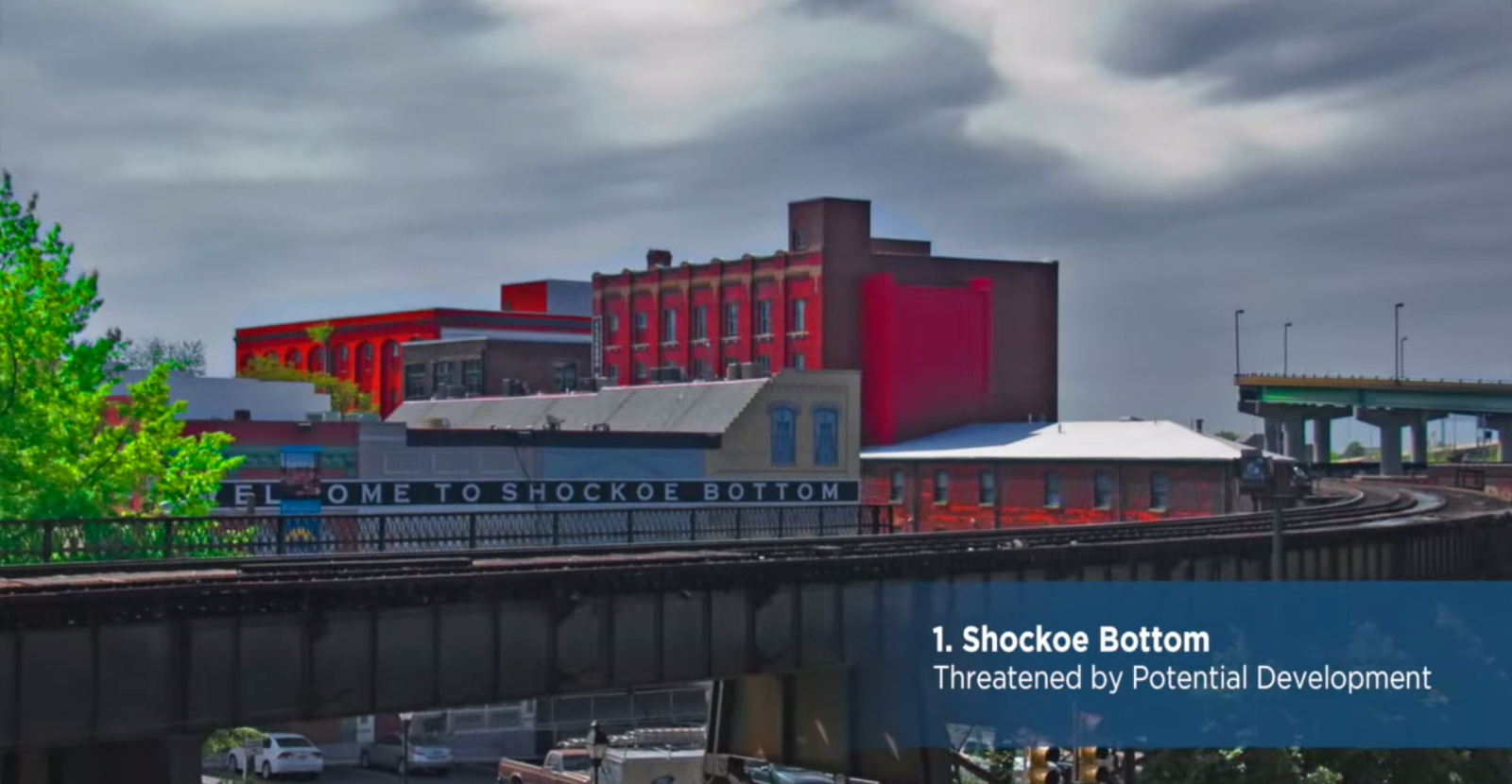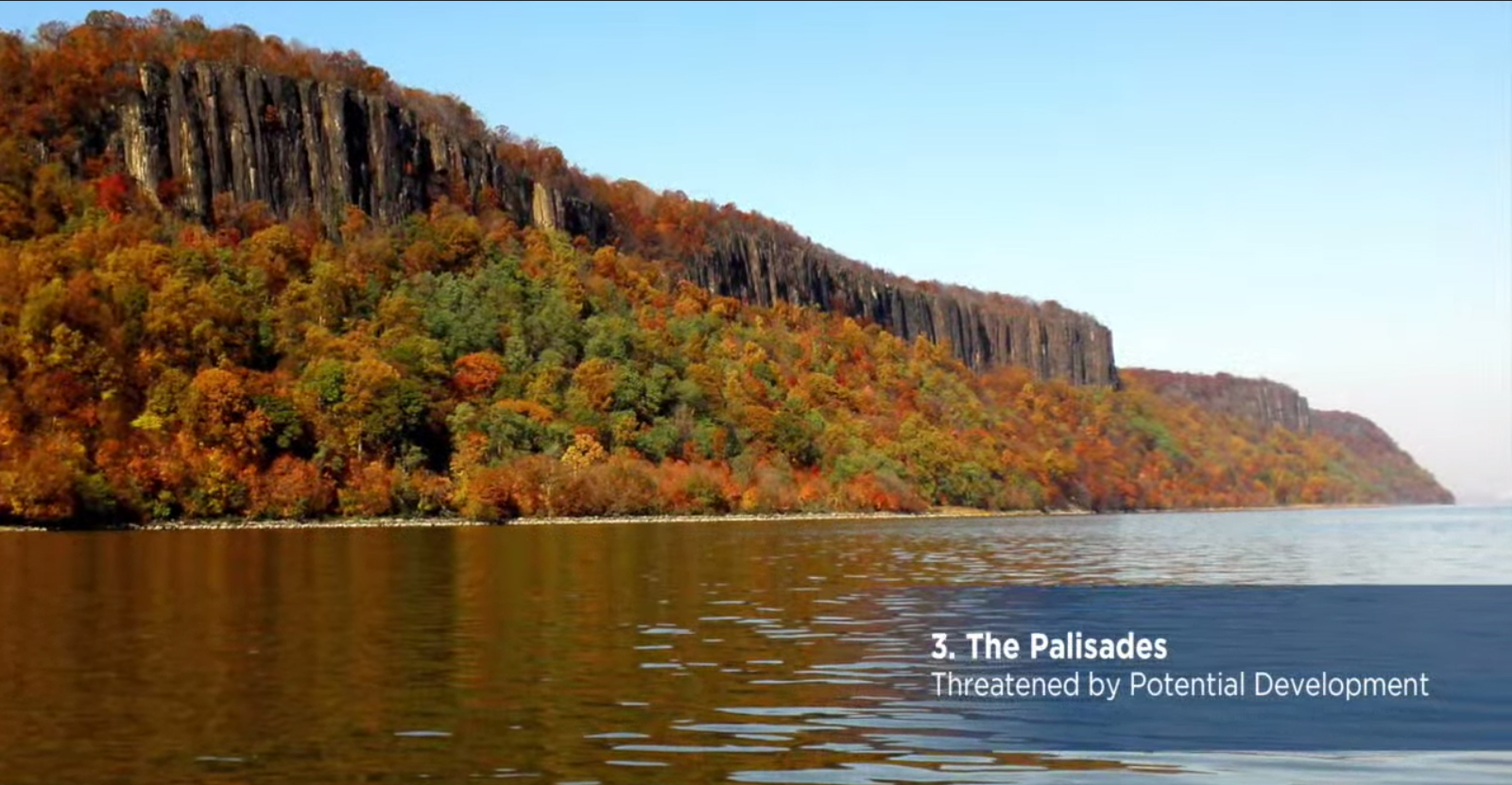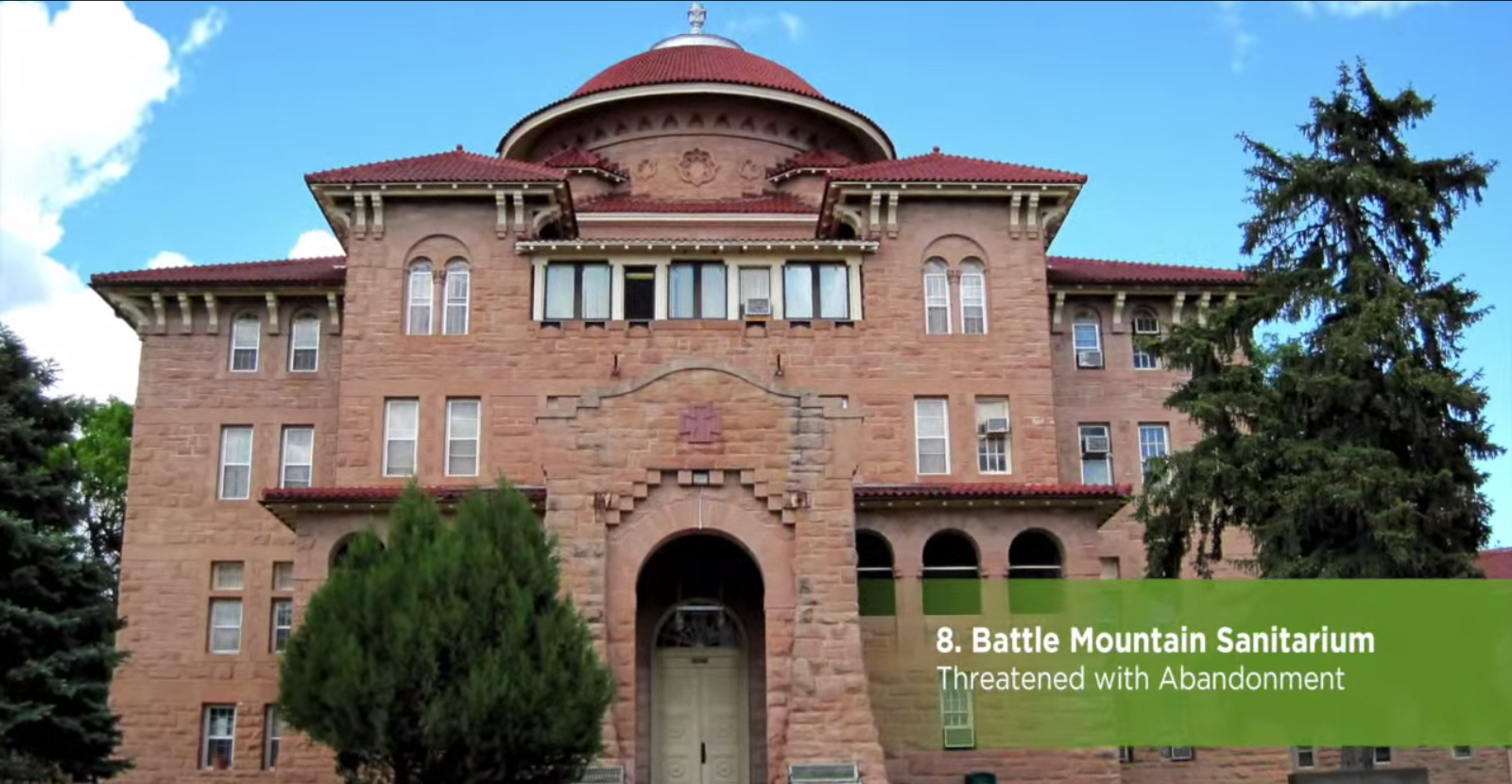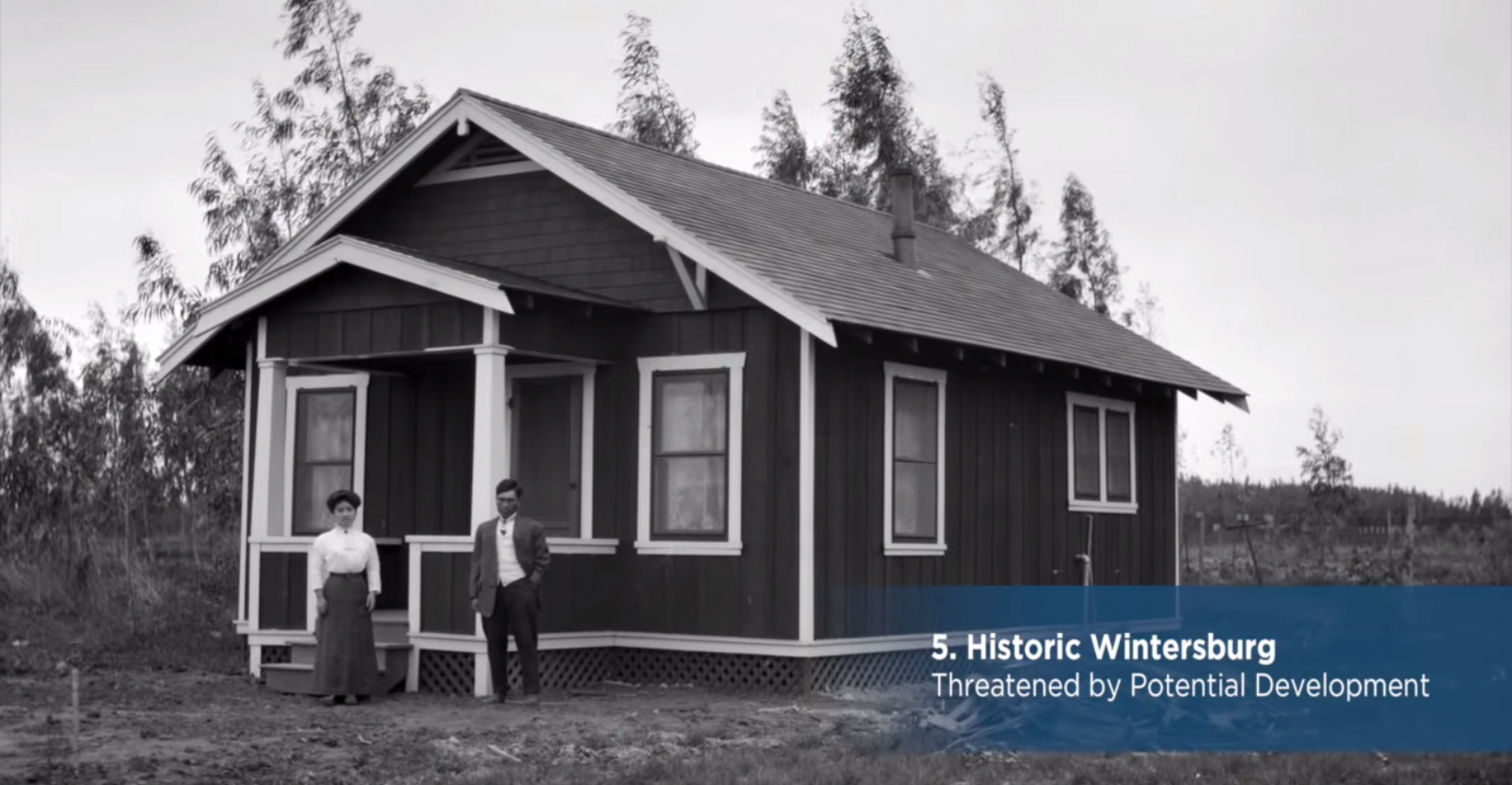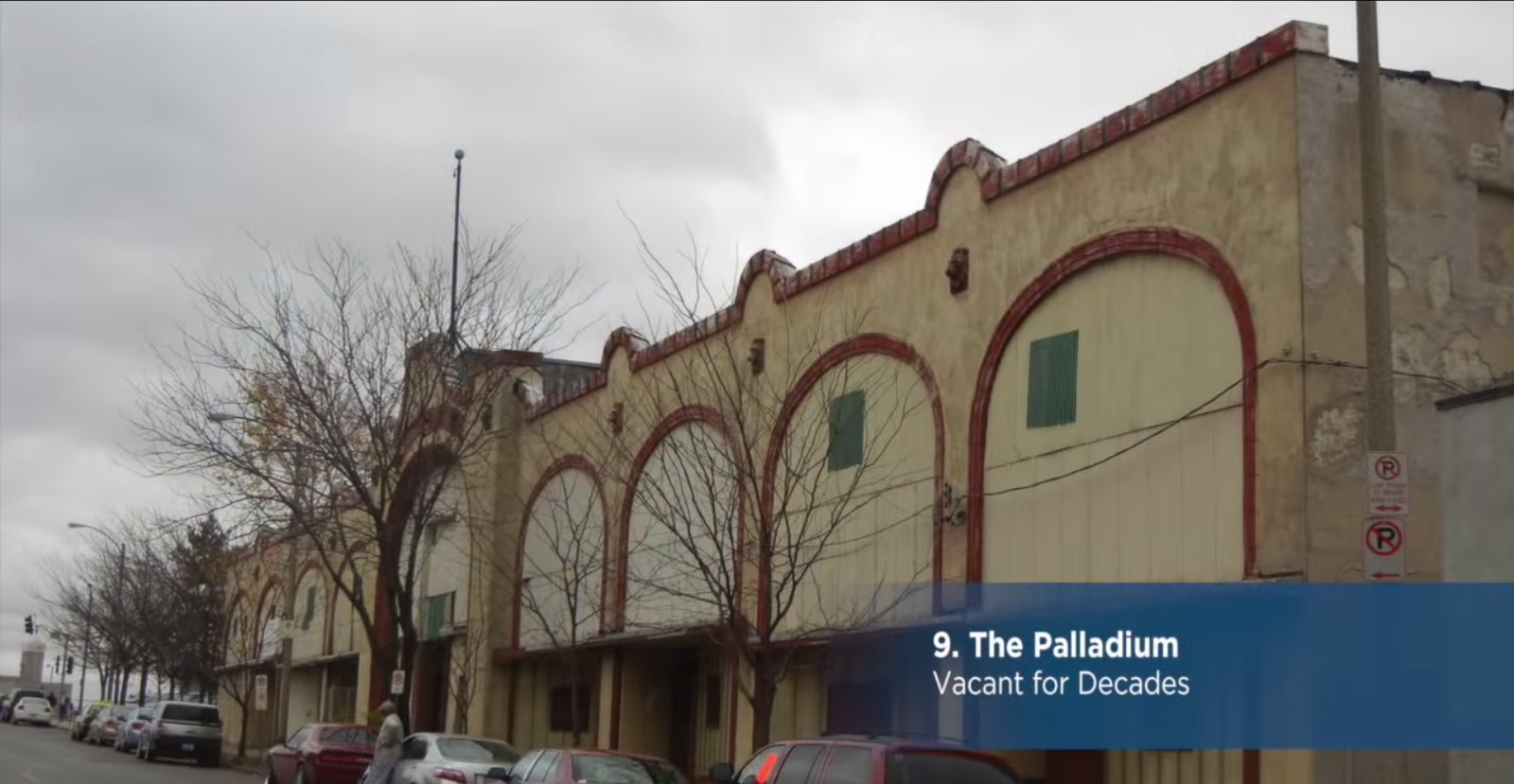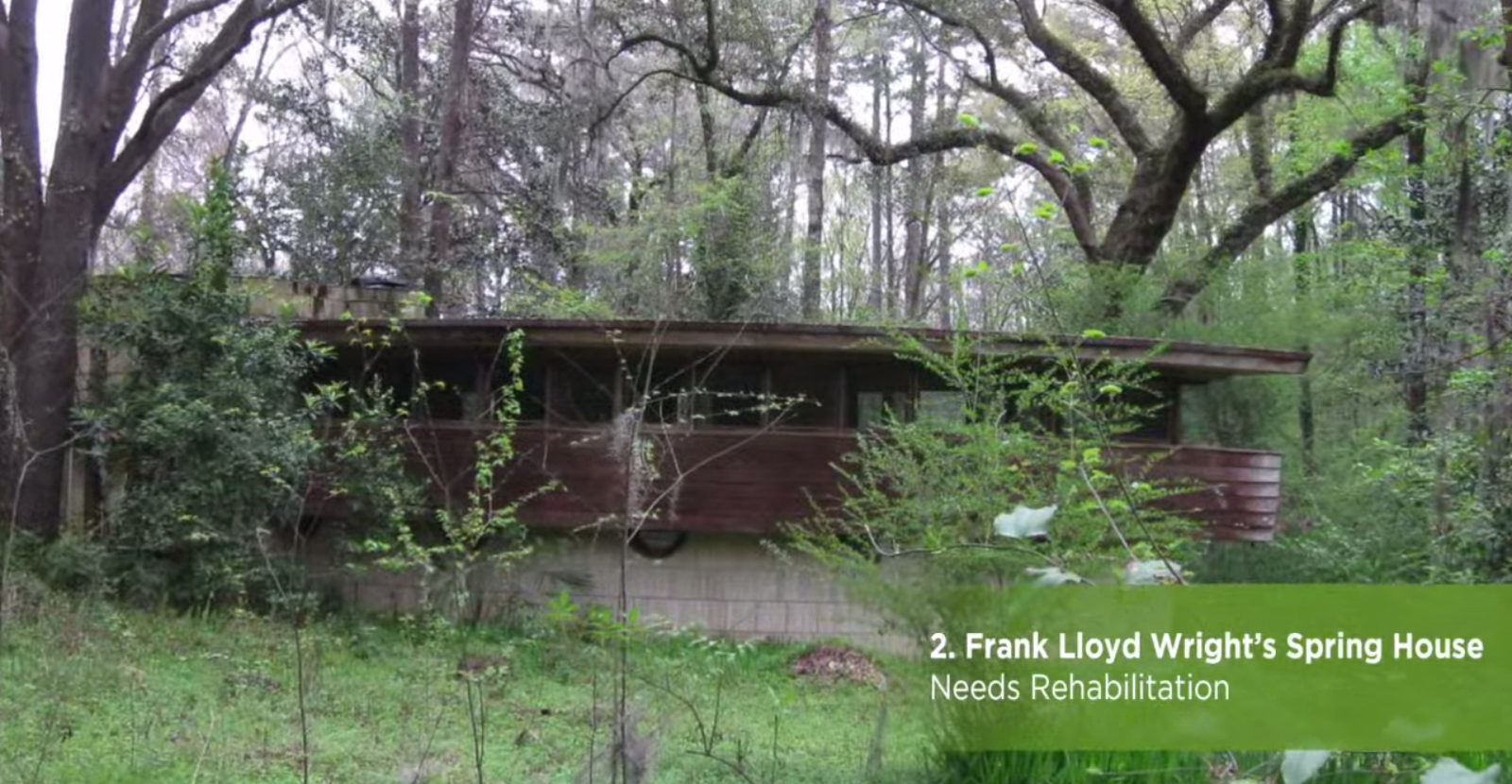See them before you miss them. Or better: take action. For 26 years, the Trust for Historic Preservation has compiled a list of America’s 11 Most Endangered Historic Places as an effort to raise awareness about the threats facing the nation’s greatest treasures of architectural, cultural and natural significance.
This year’s list has a little bit for everyone. From natural landmarks like the Palisades, to grandeur structures like Cincinnati’s Music Hall or simple yet culturally revolutionary architecture like Frank Lloyd Wright’s Spring House, a variety of sites across the United States are threatened by weather damage, natural disaster or pressure for development.
On the brighter side, the National Trust says that thanks to these lists that come out annually, hearts have been touched and communities have been mobilized. Hence, out of the 250 sites listed as endangered, only a handful have been lost.
Here’s a closer look on eight of the sites that made this year’s list in no particular order:
1. Shockoe Bottom, Richmond, Virginia
This site may not look like much, but that’s because the antebellum artifacts are now below the surface. Shockoe Bottom was an important center for the African slave trade between 1830 and 1865, where 350,000 slaves were traded. Among these slaves were Solomon Northup, whose life was chronicled in the Oscars Best Picture winning “12 Years as Slave.” The site is now threatened by plans to build a minor league baseball stadium on it.
The National Trust says: “Shockoe Bottom should be protected as a site of conscience, a place that offers the public a chance to experience, and learn from, this dark chapter in American history. A path forward for Shockoe Bottom should include meaningful public involvement and expert archeological analysis so that the historical remnants of the slave trade now buried there can be seen and properly interpreted.”
2. The Palisades, Englewood Cliffs, New Jersey
Preserving the Palisades is more than preserving a pretty landscape; these cliffs on the Hudson River represent two historically significant stories to the United States. For centuries, the Sanhikan, Hackensack, Raritan and Tappan nations used the cliffs as shelter to protect their people from adverse weather. In the 19th century, the Palisades became the focus of some of the country’s earliest conservation and protection efforts.
A proposal to build an eight story, 143 foot office next to the Palisades would change the scenic view of the Palisades. According to the National Trust, “if construction goes forward, it would represent the first breach of the viewshed in the 100-year history of protecting the Palisades north of the George Washington Bridge.”
3. Battle Mountain Sanitarium, Hot Springs, South Dakota
For over a century Battle Mountain Sanitarium has provided medical care to veterans in the region. It is one of a few properties managed by the U.S. Department of Veterans Affairs (VA) designated as a National Historic Landmark. The facilities are threatened to an uncertain fate as the VA plans to relocate to Rapid City, 60 miles away.
4. Historic Wintersburg, Huntington Beach, California
Underneath the mythical appeal of the Wild West as preserved by Hollywood Western films is a less-known story of California’s diverse settlement since the 19th century. Wintersburg documents three generations of the Japanese-American experience in the United States, and contains six extant pioneer structures and open farmland.
Although the current owners of the property agreed to provide preservationists until mid 2015 to find solutions to save the historic property, demolition of the site remains a possibility.
5. Palladium Building, St. Louis, Missouri
At first glance, this long-neglected and dilapidated building does not look like much. Reality is the Palladium was the largest club of its kind in St. Louis in the 1940s, and pioneers in African American jazz music such as Nat King Cole and Ella Fitzgerald have graced its stage.
6. Music Hall, Cincinnati, Ohio
Built in 1878, the red brick High Victorian Gothic structure features a large auditorium, ornate foyer, offices, carpentry shop, rehearsal rooms, dressing rooms and a ballroom. But despite its grandeur, Music Hall is suffering from deterioration and water damage and is in need of extensive repairs.
7. Frank Lloyd Wright’s Spring House, Tallahassee, Florida
According to the National Trust, the novel hemicycle form “represents a late, and little known, stage in Wright’s long, prolific career.” Constructed in 1954, Spring House is the only built private residence designed by Wright in the state of Florida.
Exposure to hurricanes and winds storms has led to visible damage throughout the interior of the house. Despite the unique design and its association with America’s most famous architect, funds still need to be raised to purchase and restore the house.
8. Union Terminal, Cincinnati, Ohio
The iconic building is one of the country’s last remaining grand-scale Art Deco railroad terminals The massive 180 foot wide and 106 foot tall rotunda is the second largest half dome in the world, and features glass mosaic murals by Winold Reiss depicting the history of Cincinnati and the United States.
The grandeur scale of the structure means restoration costs are hefty, and the station is threatened by deterioration.
To learn more about each site and see the extensive list of endangered landmarks, visit the National Trust’s official page.
Related Stories
| Aug 11, 2010
Architecture firms NBBJ and Chan Krieger Sieniewicz announce merger
NBBJ, a global architecture and design firm, and Chan Krieger Sieniewicz, internationally-known for urban design and architecture excellence, announced a merger of the two firms.
| Aug 11, 2010
Nation's first set of green building model codes and standards announced
The International Code Council (ICC), the American Society of Heating, Refrigerating and Air Conditioning Engineers (ASHRAE), the U.S. Green Building Council (USGBC), and the Illuminating Engineering Society of North America (IES) announce the launch of the International Green Construction Code (IGCC), representing the merger of two national efforts to develop adoptable and enforceable green building codes.
| Aug 11, 2010
David Rockwell unveils set for upcoming Oscar show
The Academy of Motion Picture Arts and Sciences and 82nd Academy Awards® production designer David Rockwell unveiled the set for the upcoming Oscar show.
| Aug 11, 2010
More construction firms likely to perform stimulus-funded work in 2010 as funding expands beyond transportation programs
Stimulus funded infrastructure projects are saving and creating more direct construction jobs than initially estimated, according to a new analysis of federal data released today by the Associated General Contractors of America. The analysis also found that more contractors are likely to perform stimulus funded work this year as work starts on many of the non-transportation projects funded in the initial package.
Museums | Aug 11, 2010
Design guidelines for museums, archives, and art storage facilities
This column diagnoses the three most common moisture challenges with museums, archives, and art storage facilities and provides design guidance on how to avoid them.
| Aug 11, 2010
Broadway-style theater headed to Kentucky
One of Kentucky's largest performing arts venues should open in 2011—that's when construction is expected to wrap up on Eastern Kentucky University's Business & Technology Center for Performing Arts. The 93,000-sf Broadway-caliber theater will seat 2,000 audience members and have a 60×24-foot stage proscenium and a fly loft.
| Aug 11, 2010
Citizenship building in Texas targets LEED Silver
The Department of Homeland Security's new U.S. Citizenship and Immigration Services facility in Irving, Texas, was designed by 4240 Architecture and developed by JDL Castle Corporation. The focal point of the two-story, 56,000-sf building is the double-height, glass-walled Ceremony Room where new citizens take the oath.
| Aug 11, 2010
Carpenters' union helping build its own headquarters
The New England Regional Council of Carpenters headquarters in Dorchester, Mass., is taking shape within a 1940s industrial building. The Building Team of ADD Inc., RDK Engineers, Suffolk Construction, and the carpenters' Joint Apprenticeship Training Committee, is giving the old facility a modern makeover by converting the existing two-story structure into a three-story, 75,000-sf, LEED-certif...



